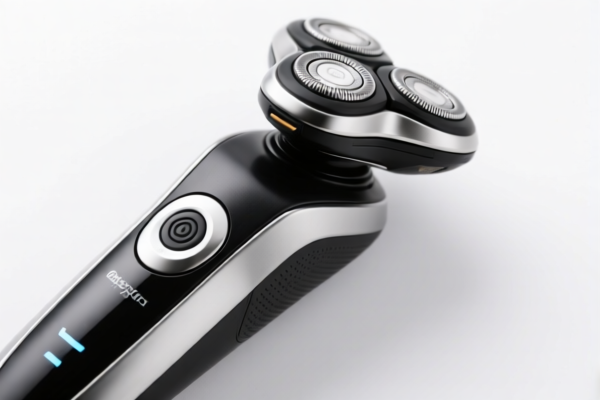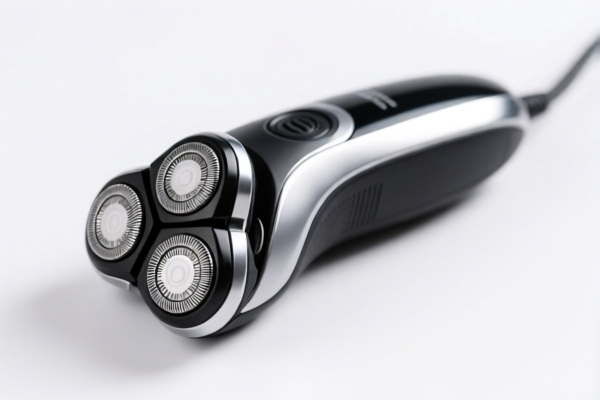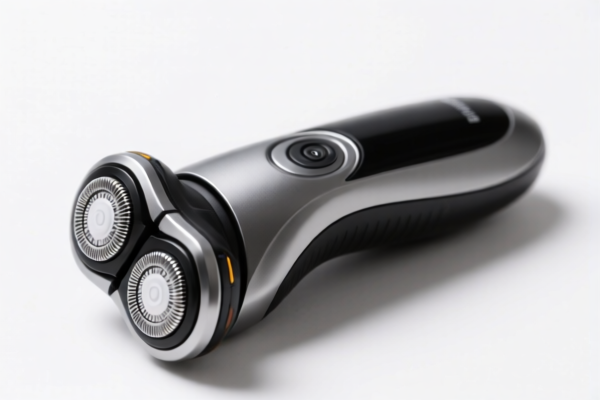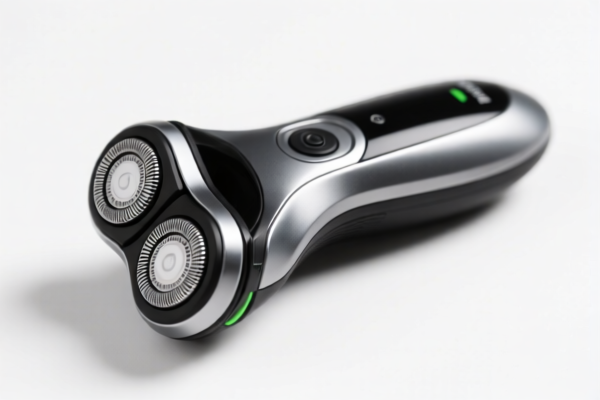| HS Code | Official Doc | Tariff Rate | Origin | Destination | Effective Date |
|---|---|---|---|---|---|
| 8509805095 | Doc | 34.2% | CN | US | 2025-05-12 |
| 8508600000 | Doc | 55.0% | CN | US | 2025-05-12 |
| 8508700000 | Doc | 80.0% | CN | US | 2025-05-12 |
| 8543708000 | Doc | 55.0% | CN | US | 2025-05-12 |
| 9505906000 | Doc | 30.0% | CN | US | 2025-05-12 |
| 9505902000 | Doc | 30.0% | CN | US | 2025-05-12 |
| 9506400000 | Doc | 35.1% | CN | US | 2025-05-12 |
| 9506996080 | Doc | 41.5% | CN | US | 2025-05-12 |
| 3926904000 | Doc | 32.8% | CN | US | 2025-05-12 |
| 3926909989 | Doc | 42.8% | CN | US | 2025-05-12 |
| 8512909000 | Doc | 57.5% | CN | US | 2025-05-12 |
| 8512902000 | Doc | 57.5% | CN | US | 2025-05-12 |
| 8539900000 | Doc | 57.6% | CN | US | 2025-05-12 |
| 8513104000 | Doc | 33.5% | CN | US | 2025-05-12 |
| 8513904000 | Doc | 58.5% | CN | US | 2025-05-12 |
| 8531809051 | Doc | 37.5% | CN | US | 2025-05-12 |
| 8531809005 | Doc | 37.5% | CN | US | 2025-05-12 |




Electric Mosquito Swatter
An electric mosquito swatter, also known as a bug zapper racket, is a handheld device used to kill insects, primarily mosquitoes, flies, and moths, by delivering a non-lethal electric shock.
Material
Typically constructed with a plastic handle and a metal mesh grid. The grid is powered by batteries, often AA or rechargeable lithium-ion batteries. The mesh is usually made of stainless steel or a similar conductive metal. Some models incorporate ABS plastic for increased durability.
Purpose
The primary purpose is insect control, offering a direct and immediate method of eliminating flying insects. It serves as an alternative to chemical repellents, sprays, and traditional fly swatters.
Function
The device operates on a relatively low-voltage electric current. When an insect makes contact with the electrified mesh grid, it completes a circuit, resulting in a brief, high-voltage shock that incapacitates or kills it. Most models feature a three-layer mesh design: an outer protective layer, a middle electrified layer, and an inner non-electrified layer to prevent accidental shocks to the user. A light source, often UV light, is frequently integrated to attract insects.
Usage Scenarios
- Indoor Use: Commonly used within homes, bedrooms, living rooms, and kitchens to eliminate mosquitoes and other flying pests.
- Outdoor Use: Suitable for patios, balconies, camping trips, and gardens, particularly during evening hours when insects are more active.
- Areas with Limited Ventilation: Provides a chemical-free pest control solution in enclosed spaces.
- Targeted Insect Removal: Effective for eliminating individual insects rather than broad-area pest control.
Common Types
- Manual Swatters: The most common type, requiring the user to actively swing the racket to kill insects.
- Automatic Swatters: These devices feature a rotating or oscillating grid that automatically zaps insects within a certain range, often requiring placement in a stationary location.
- Lantern-Style Swatters: Combine a UV light attracting insects with a surrounding electrified grid, functioning as both a lure and a zapper.
- Rechargeable Swatters: Utilize rechargeable batteries, offering convenience and cost savings compared to disposable battery models.
- Foldable Swatters: Designed for portability and easy storage, often used during camping or travel.
Electric mosquito swatters fall under the category of portable electric lamps designed to function by their own source of energy, excluding lighting equipment of heading 8512. Here are relevant HS codes based on the provided reference material:
-
8513104000: This HS code covers portable electric lamps designed to function by their own source of energy (for example, dry batteries, storage batteries, magnetos), other than lighting equipment of heading 8512; lamps: Other. This is the most applicable code as mosquito swatters are powered by batteries and are not considered standard lighting equipment.
- 85: Electrical machines and apparatus; parts thereof.
- 13: Electrical filament or discharge lamps, including sealed beam lamp units and ultraviolet or infrared lamps; arc lamps; light-emitting diode (LED) light sources; parts thereof.
- 10: Portable electric lamps designed to function by their own source of energy.
- 40: Lamps: Other.
-
8513904000: This HS code covers portable electric lamps designed to function by their own source of energy (for example, dry batteries, storage batteries, magnetos), other than lighting equipment of heading 8512; parts: Other. This code would apply to any replacement parts for the mosquito swatter.
- 85: Electrical machines and apparatus; parts thereof.
- 13: Electrical filament or discharge lamps, including sealed beam lamp units and ultraviolet or infrared lamps; arc lamps; light-emitting diode (LED) light sources; parts thereof.
- 90: Parts.
- 40: Parts: Other.
Regarding HS code 8513104000 and 8513904000, the total tax rate is 33.5% or 58.5% respectively, depending on whether it is the complete swatter or parts.
Customer Reviews
No reviews yet.